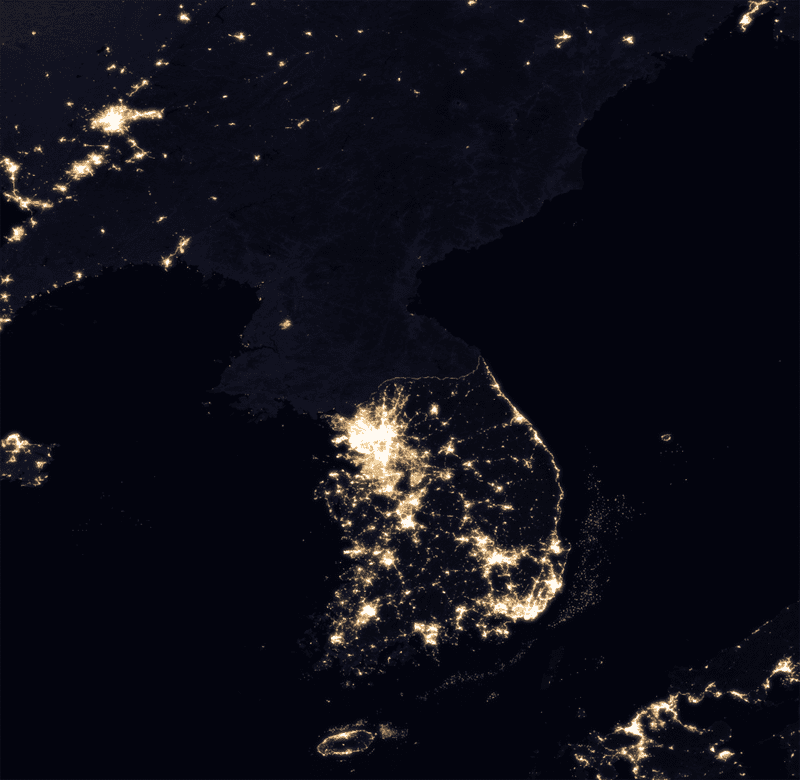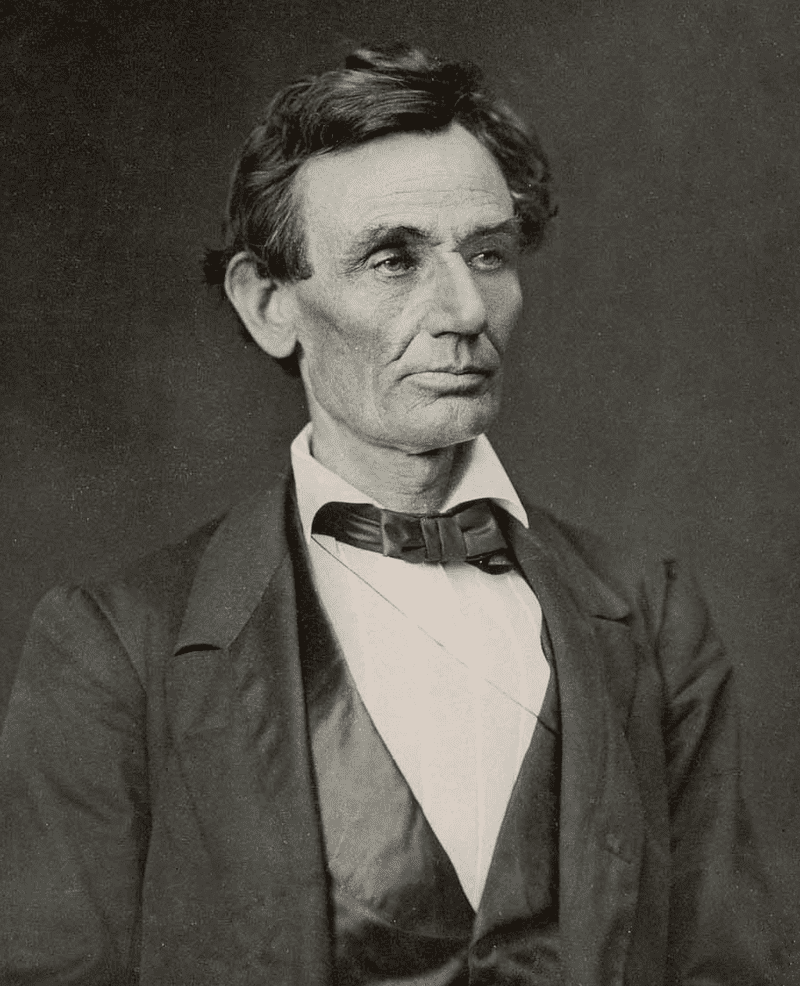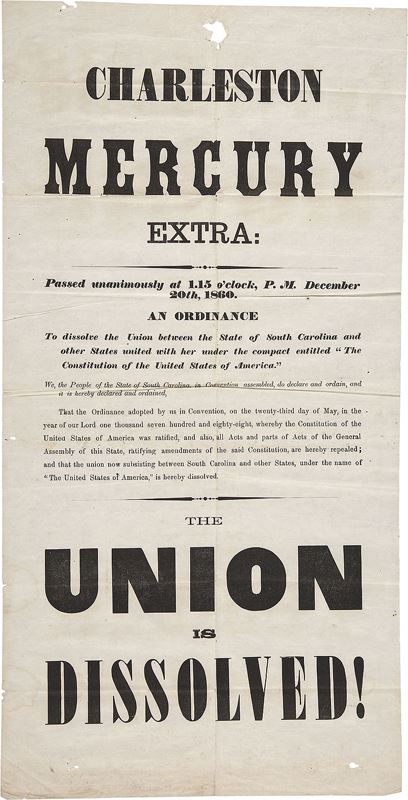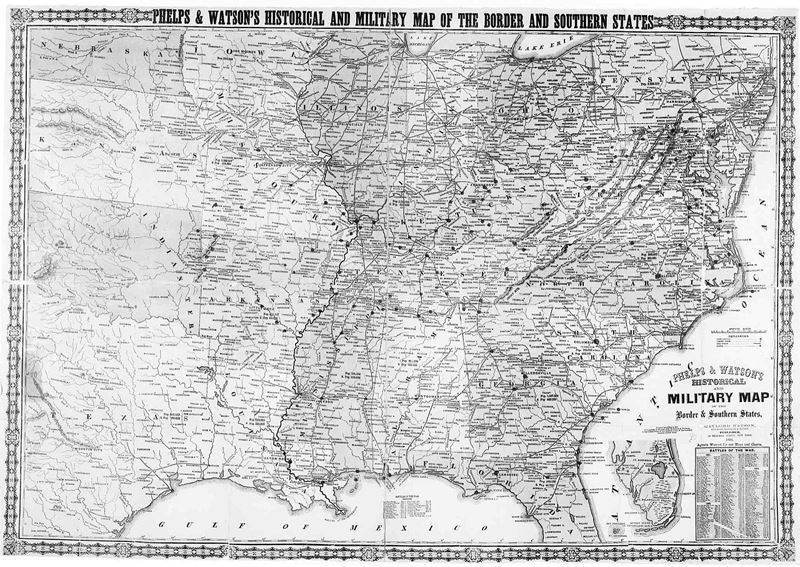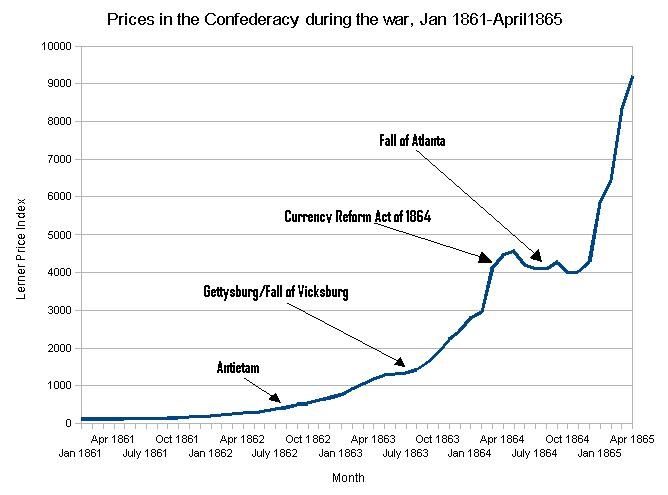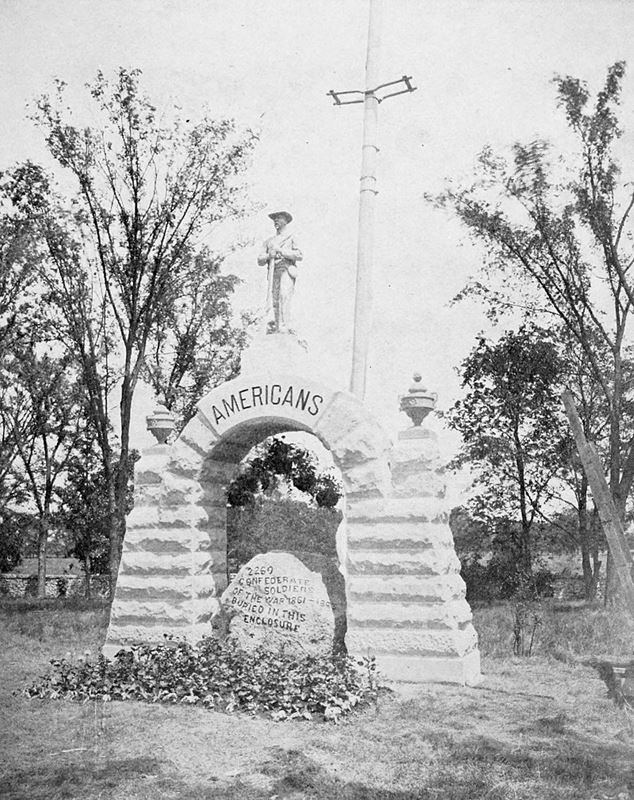Table of Contents
A History of the Korean Demilitarized Zone
The Korean Demilitarized Zone is a strip of land running across the Korean Peninsula that serves as a buffer zone between North and South Korea. It was created at the end of the Korean War in 1953 and has been a source of tension and conflict ever since. In this article, we will take a look at the history of the Korean Demilitarized Zone, from its creation during the Korean War to the current day.
Reasons Why North Korea And South Korea Split?
Stop the Soviet advance south of the 38th parallel:
The split between North and South Korea began at the close of World War II when the Allies were occupied with dividing up the defeated Axis powers. The Soviet Union, fresh off their victory over Nazi Germany, had designs on expanding their territory and influence in the Far East. In order to prevent the Soviet Union from advancing further south, the United States hatched a plan to divide Korea along the 38th parallel, with the northern half going to the Soviets and the southern half going to the Americans.
This temporary measure was intended to be a stopgap until a more permanent solution could be found. However, as tensions between the two superpowers increased, it quickly became clear that there was no way to reunite Korea without starting another war. And so, North and South Korea remained divided, an uneasy peace maintained by a heavily fortified demilitarized zone. Topics:
Kim Il-Sung's goal of reunifying Korea under Communist rule:
To provide some context, it is important to understand that Korea had been under Japanese rule for approximately 35 years before the split. When World War II ended and Japan was defeated, Korea was finally free from colonial rule. However, they were immediately faced with the question of what would come next. Two main factions were vying for control of the Korean Peninsula – Communists who wanted to align themselves with the Soviet Union and nationalists who wanted to maintain a close relationship with the United States.
The Communists, led by Kim Il-Sung, eventually emerged victorious, and in 1948 they declared the establishment of the Democratic People’s Republic of Korea (DPRK), commonly known as North Korea. From this point onward, Kim Il-sung’s goal was to reunify Korea under Communist rule. In 1950, he launched an invasion of South Korea in an attempt to achieve this goal. The Korean War ensued, resulting in a stalemate and an official split between North and South Korea. Although there have been periodic attempts at reconciliation, such as when North and South Korean leaders met in 2018, relations between the two countries remain tense to this day.
The Korean DMZ before
Before the Korean War, the Demilitarized Zone (DMZ) was nothing more than a stretch of undeveloped land that served as a buffer between North and South Korea. American troops were stationed on one side of the DMZ, while Soviet troops were stationed on the other. However, after the war broke out, both sides quickly began to fortify their positions. Trenches and bunkers were built, and barbed wire and land mines were laid down. The DMZ became increasingly militarized as the fighting progressed, making it one of the most dangerous places on earth.
However, despite the danger, it remained a buffer zone separating the two sides. The Korean Peninsula had been occupied by the Japanese since 1910, but after World War II, it was divided along the 38th parallel, with Soviet forces occupying the north and American forces occupying the south.
The Korean DMZ During
The Demilitarized Zone was established after the signing of the Armistice Agreement on Jul 27, 1953. As part of this agreement, a four-kilometer-wide strip of land stretching across the Korean Peninsula was declared off-limits to military personnel. This area would become known as the Korean Demilitarized Zone. The purpose of the DMZ was to provide a buffer zone between North and South Korea to avoid any further conflict or war.
Over the next several decades, the Korean DMZ remained largely unchanged. Despite occasional skirmishes and occasional military exercises by both sides, there were no major incidents until the 1970s, when tensions began to rise again. After a series of incursions from North Korean agents, South Korea began fortifying its side of the DMZ, further increasing tensions. The battles in the DMZ were some of the most brutal of the entire war, with both sides suffering heavy casualties.
The Korean DMZ After
Today, the Demilitarized Zone is still in place, serving as a buffer between the two sides. Despite occasional flare-ups of violence, it has largely remained peaceful since the end of the war. In recent years, relations between North and South Korea have thawed somewhat, and there is now talk of reunification. After the war ended, the DMZ became a symbol of division between North and South Korea. It remains heavily fortified to this day and is one of the most heavily guarded borders in the world. Despite this, it has also become a tourist destination, with visitors coming from all over to see firsthand the legacy of the Korean War.
Korean Demilitarized Zone Map
The Korean Demilitarized Zone (DMZ) is a strip of land across the Korean Peninsula. It is about 160 miles (250 kilometres) long and 2.5 miles (4 kilometres) wide. The DMZ was established at the end of the Korean War in 1953. It runs along the 38th parallel, the latitude line dividing North and South Korea. The DMZ is a neutral area where neither side is allowed to have military forces. Instead, it is policed by soldiers from both sides and United Nations forces. In addition to serving as a buffer zone between the two Koreas, the DMZ is also home to various wildlife, including rare birds and plants.
Korean Demilitarized Zone Wildlife
The Korean Demilitarized Zone is home to a wide variety of wildlife, including rare birds, mammals and plants. The area is also an important habitat for endangered species, such as the black-faced spoonbill and the red-crowned crane. In addition, the DMZ serves as a refuge for many large mammals, such as wild boar, musk deer, roe deer and water deer. The area also contains a wide variety of plant life, including rare species such as the wild Korean ginseng and Korean boxwood. The DMZ is an important ecological refuge for these species and a popular tourist destination.
Korean Demilitarized Zone And Agent Orange Exposure
The Korean Demilitarized Zone is also a site of historical importance, as it was the site of intense fighting during the Korean War. The area was heavily sprayed with Agent Orange and other chemical defoliants by U.S. forces during the war, causing extensive environmental damage and animal and plant life destruction. The area is still contaminated with Agent Orange, though there has been some improvement in recent years. Despite this, many long-term effects are still being felt by those living and working in the Korean DMZ. Additionally, there have been reports of increased birth defects and other health problems in the area, likely linked to Agent Orange exposure.
Why was the Korean demilitarized Zone Built?
The Korean Demilitarized Zone was built in the aftermath of the Korean War, which lasted from 1950 to 1953. The war began when North Korea invaded South Korea in an attempt to reunify the peninsula under communist rule. After three years of fighting, the war ended in a stalemate, with both sides agreeing to a ceasefire. As part of the agreement, a demilitarized zone was established along the 38th parallel, effectively dividing North and South Korea. The DMZ serves as a buffer between the two countries, and its creation helped to prevent further conflict on the Korean peninsula.
How To Visit Korea Demilitarized Zone?
The Korean Demilitarized Zone (DMZ) is a popular destination for tourists. The DMZ Tour Program offers guided tours of the DMZ, including visits to historical sites and observation points where visitors can view North Korea in the distance. Tours typically last around three hours and require advance booking. Visitors must also bring valid identification with them when visiting the DMZ. The best time to visit the DMZ is during the spring and fall. During these months, the weather is milder and better suited for outdoor activities. Additionally, many festivals and events take place in the area throughout the year, making it an exciting destination for tourists.
The Korean Demilitarized Zone is a unique destination with immense historical and ecological importance. With its fascinating wildlife, contaminated areas, and interesting historical sites, the DMZ is sure to offer something for everyone! Whether you’re looking for a unique cultural experience or want to learn more about the history of Korea, visiting the Korean Demilitarized Zone is an experience you won’t soon forget.
Places To Visit Around The DMZ
In addition to the exciting sites within the Korean Demilitarized Zone, there are also many interesting places to visit nearby.
Third Tunnel Of Aggression
This tunnel, dug by North Korea during the Korean War, is one of four tunnels built to invade South Korea. It is located near the town of Dorasan in Paju, and visitors can go down into the tunnel for a unique experience.
Dora Observatory
From this observation post, located on top of Mount Dorasan, visitors can get a glimpse of life in North Korea. The observatory is equipped with binoculars and telescopes for an up-close look into the North Korean side of the DMZ.
Heyri Art Valley
This cultural destination, located just outside the DMZ, is home to various art galleries, museums, and cafes. Visitors can explore the area to understand Korean culture better and experience some of its unique art.
Dorasan Station
This train station was once part of an ambitious plan to reunify the Korean peninsula by rail. Nowadays, it serves as a reminder of that dream and is a popular tourist attraction in its own right. Dorasan Station is located at the southern end of the DMZ and offers visitors a glimpse into a possible future for the divided peninsula.
Imjingak Resort
This resort is located near the DMZ and offers visitors a chance to learn more about the history of Korea. The area includes memorials, museums, restaurants, and other attractions. Visitors can also participate in various events hosted at the resort throughout the year.
Bridge Of No Return
The bridge of No Return is a famous landmark of the Korean War that connects North and South Korea. The bridge was used for prisoner exchanges during the war, but now it stands as a reminder of how far both sides have come in the years since.
Korean Axe Murder Incident Memorial
This memorial, located in the DMZ, commemorates one of the most infamous incidents from the Korean War: The Axe Murder Incident. In 1976, North Korea killed two US soldiers with axes to prevent them from cutting down a poplar tree.
Conclusion
The Korean Demilitarized Zone is not only a physical embodiment of the divisions between North and South Korea but also a symbol of the continued tensions between these two countries. Despite its name, the DMZ is one of the world’s most heavily militarised regions, and both sides remain on high alert for any potential invasion. In recent years there have been some small steps towards peace, but it remains to be seen if anything significant will come from them. For now, the DMZ stands as a stark reminder of the unresolved conflicts between North and South Korea.

